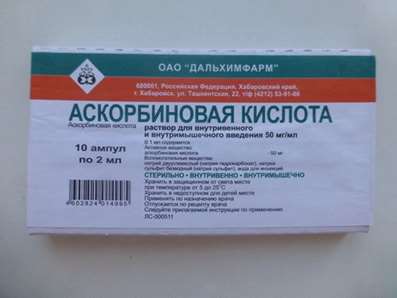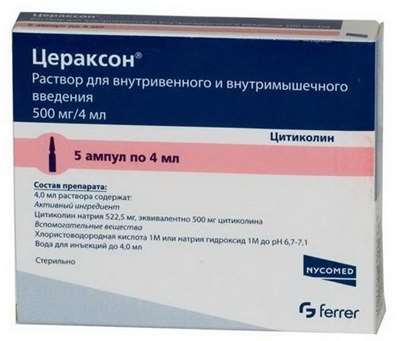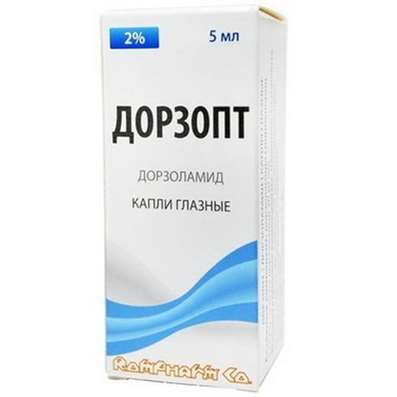Instruction for use: Rocuronium Kabi
I want this, give me price
Active substance: Rocuronium bromide
ATX Code
M03AC09 Rocuronium bromide
Pharmacological group
Miorelaxant nondepolarizing peripheral action [n-anticholinergics (muscle relaxants)]
Nosological classification (ICD-10)
Z100.0 * Anesthesiology and premedication
nasogastric intubation, The relaxation of skeletal muscles, Controlled breathing under anesthesia, Anesthesia, Anesthesia in ENT practice, Anaesthesia in Dentistry, Hypotension during spinal anesthesia, ataralgesia, Basic anesthesia, Fast anesthesia, Introduction to anesthesia, Induction, inhalation anesthesia, Inhalation anesthesia for large and small surgery, Induction and maintenance of general anesthesia, intraligamentarnaya anesthesia, tracheal intubation, caudal anesthesia, Caudal blockade, mixed anesthesia, Short-term anesthesia, Short-term infiltration anesthesia in surgery, Short-term local anesthesia, Spinal anesthesia, Local anesthesia, Local infiltration anesthesia, Local surface anesthesia, monokomponentny anesthesia, anesthesia, Neingalyatsionnyh anesthesia for operative delivery, Immediate pain relief, general anesthesia, General anesthesia with short-term surgical interventions, General anesthesia, Period premedication, Surface anesthesia in ophthalmology, Maintenance of anesthesia, anocithesia, conduction anesthesia, Regional anesthesia, mixed anesthesia, Spinal anesthesia, spinal anesthesia, Spinal anesthesia, permeation anesthesia, epidural anesthesia, IVL, Artificial hibernation, Short-term muscle relaxation, Miorelaxation, Miorelaxation during mechanical ventilation, Miorelaxation during surgery, Miorelaxation in operations, Miorelaxation during mechanical ventilation, Excitation before surgery, cardioplegia, Preoperative period
Composition
Solution for intravenous administration 1 ml
active substance:
Rocuronium bromide 10 mg
Auxiliary substances: sodium chloride - 3,3 mg; Sodium acetate trihydrate - 2 mg; Acetic acid ice (for correction of pH) - 7,139-8,725 mg; Water for injection - up to 1 ml
pharmachologic effect
Pharmacological action - miorelaksiruyuschee.
Dosing and Administration
IV in the form of a bolus or continuous infusion.
The dose of rocuronium bromide, as well as other muscle relaxants, should be selected individually. When choosing a dose, one should take into account the method of general anesthesia and the expected expected duration of the operation, the method of sedation and the estimated duration of artificial ventilation, the possibility of interaction with other drugs and the patient's condition. To evaluate neuromuscular blockade and restore neuromuscular transmission, it is recommended to use instrumental methods of control.
Means for inhalation anesthesia enhance the miorelaksiruyuschee action of rocuronium bromide. This effect is of clinical importance during inhalation anesthesia, when a certain concentration of inhalational anesthetics is reached in the tissues. Accordingly, with prolonged inhalation anesthesia (more than 1 hour), it is necessary to administer smaller maintenance doses of rocuronium bromide at long intervals or to reduce the rate of infusion of the drug.
Below are general recommendations on the dosage regimen of rocuronium bromide in intubation of trachea and muscle relaxation during short and long-term surgical interventions in intensive care units.
Rokuronium bromide is intended for single use only.
Surgical interventions
Intubation of the trachea: The standard dose of rocuronium bromide in normal anesthesia is 0.6 mg / kg. This dose provides adequate conditions for intubation for 60 s in almost all patients.
With rapid sequential induction of anesthesia, it is recommended to administer rocuronium bromide at a dose of 1 mg / kg. After applying this dose, adequate conditions for intubation are also created within 60 s in practically all patients. If, with rapid sequential induction of anesthesia, rocuronium bromide is administered at a dose of 0.6 mg / kg, intubation should be performed 90 seconds after the drug is administered.
Maintenance doses: The recommended maintenance dose of rocuronium bromide is 0.15 mg / kg. With prolonged inhalation anesthesia, it should be reduced to 0.075-0.1 mg / kg. The maintenance dose is best administered at the time when the degree of muscle contraction is restored to 25% of the control level or when there are 2-3 responses when monitoring in the four-digit stimulation mode Train of four (TOF).
Continuous infusion: the dropwise introduction of rocuronium bromide is recommended to begin with a loading dose of 0.6 mg / kg. When neuromuscular blockade begins to recover, begin a continuous infusion of the drug. The infusion rate is selected to maintain a degree of muscle contraction at 10% of the reference value or support 1-2 responses when monitoring in TOF mode.
With IV anesthesia in adult patients, the infusion rate necessary to maintain neuromuscular blockade at this level is 0.3-0.6 mg / kg / h. With inhalation anesthesia, the infusion rate is 0.3-0.4 mg / kg / h.
It should be constantly monitored the degree of neuromuscular blockade. The necessary infusion rate differs in different patients and depends on the method of anesthesia.
Dosage regimen in children: children older than 1 month - the recommended dose of rocuronium bromide during intubation during inhalation anesthesia and maintenance doses are similar to those in adults and are 0.3-0.6 mg / kg / h, and with inhalation anesthesia - 0, 3-0.4 mg / kg / h.
The rate of continuous infusion in adolescents is the same as in adults, but children may need a higher infusion rate.
Infants in infants start at the same rate as adults. In the future, the infusion rate is selected to maintain the degree of muscle contraction at 10% of the reference value or support 1-2 responses when monitoring in TOF mode.
The experience with rocuronium bromide in children with rapid sequential induction of anesthesia is limited. In this regard, rocuronium bromide is not recommended for use in children to facilitate intubation of the trachea with rapid introduction into anesthesia.
Data on the use of rocuronium bromide in neonates under the age of 1 month is not enough.
Dosing regimen in elderly people and patients with liver disease, biliary tract and / or renal insufficiency: the standard intubation dose of rocuronium bromide for inhalation anesthesia in the elderly and patients with diseases of the liver, biliary tract and / or renal insufficiency is 0.6 mg / kg . With rapid sequential induction of anesthesia, patients who increase the duration of action of the drug may also have a dose of 0.6 mg / kg, but adequate conditions for intubation can be created only 90 seconds after the administration of rocuronium bromide.
Regardless of the method of general anesthesia, the recommended maintenance dose of rocuronium bromide is 0.075-0.1 mg / kg, and the infusion rate is 0.3-0.4 mg / kg / h.
Dosage regimen in obese patients: in patients with obesity (body weight 30% or more exceeds ideal), it is necessary to reduce the dose, taking into account the weight without fatty tissue.
Intensive therapy
Intubation of the trachea: rocuronium bromide is used in the same doses as in surgical interventions.
Dosage with maintenance of ventilation: it is recommended to start with a dose of 0.6 mg / kg, and when restoring neuromuscular conductivity to 10% or 1-2 responses with stimulation in TOF mode, start IV in the form of a bolus or continuous infusion. Doses of rocuronium bromide should be selected individually. The recommended rate of administration in adult patients is 0.3-0.6 mg / kg / h during the first hour, after which, for 6-12 hours, the rate of administration should be reduced in accordance with the patient's individual response.
The amount of sodium in a single dose of Rokuroniya Kabi, equal to 1 mmol (23 mg), can be considered as insignificant.
Relies Form
Solution for intravenous administration, 10 mg / ml. In bottles of colorless neutral glass class 1 (Ph. Eur.), Sealed with rubber chlorobutyl plugs type 1 (Ph. Eur.) And crimped with aluminum caps with a plastic lid, 5 or 10 ml. 5 or 10 fl. In a pack of cardboard (for hospitals).
Conditions of supply of pharmacies
For hospitals.
storage Conditions
At a temperature of 2-8 ° C. Storage is allowed at a temperature of 30 ° C for 12 weeks, after which the drug can not be used.
Keep out of the reach of children.
Shelf life
3 years.
Do not use after the expiry date printed on the package.

 Cart
Cart





